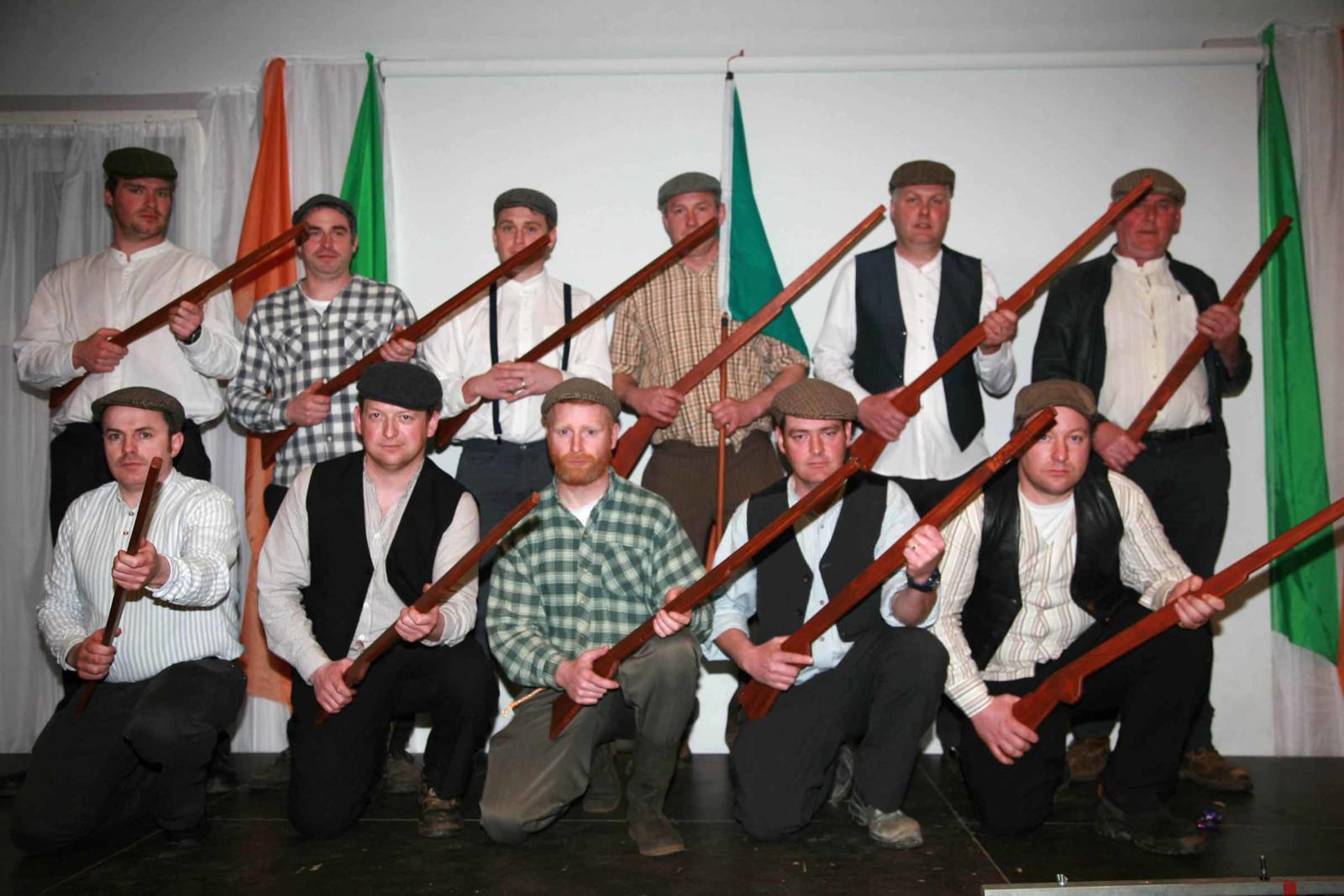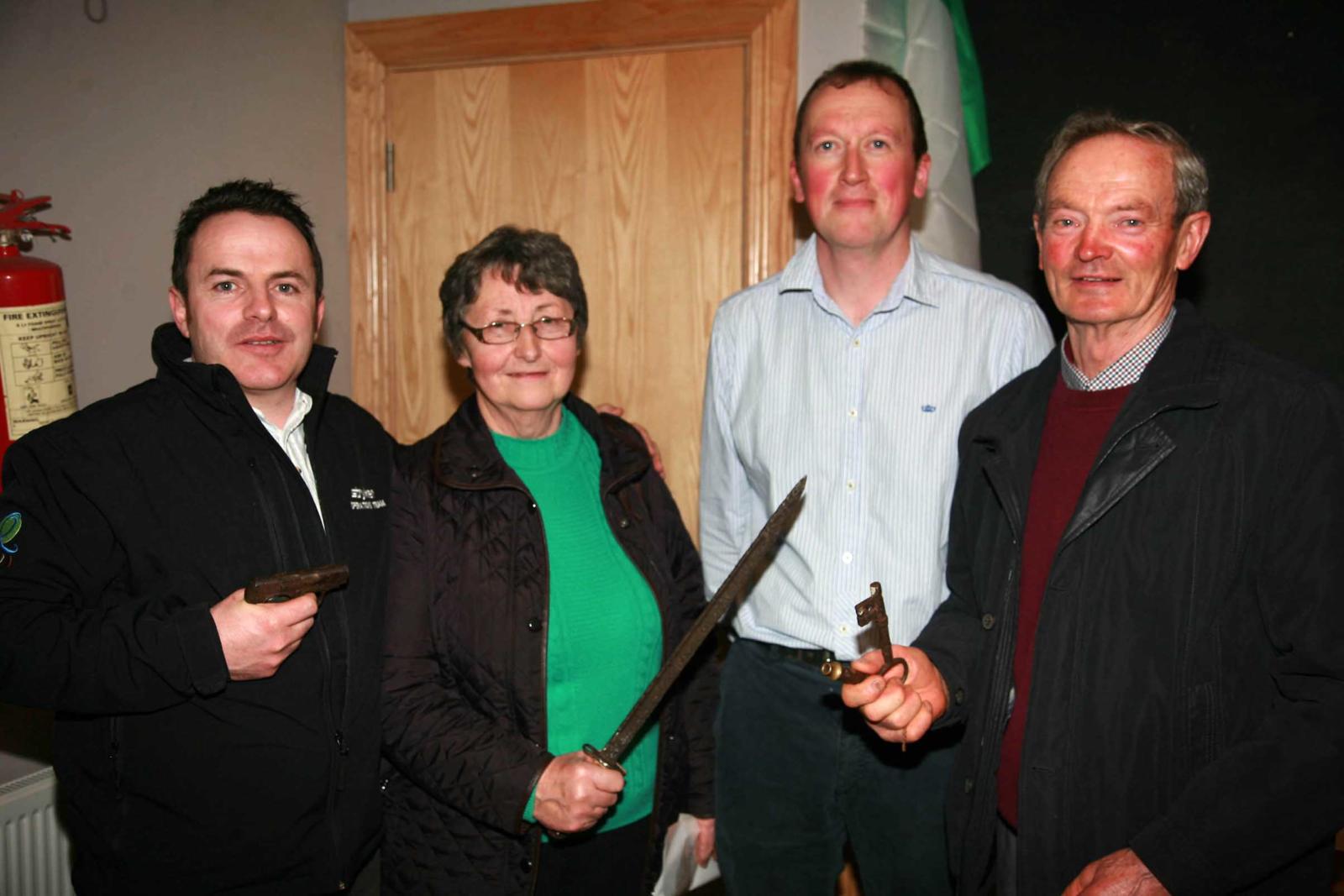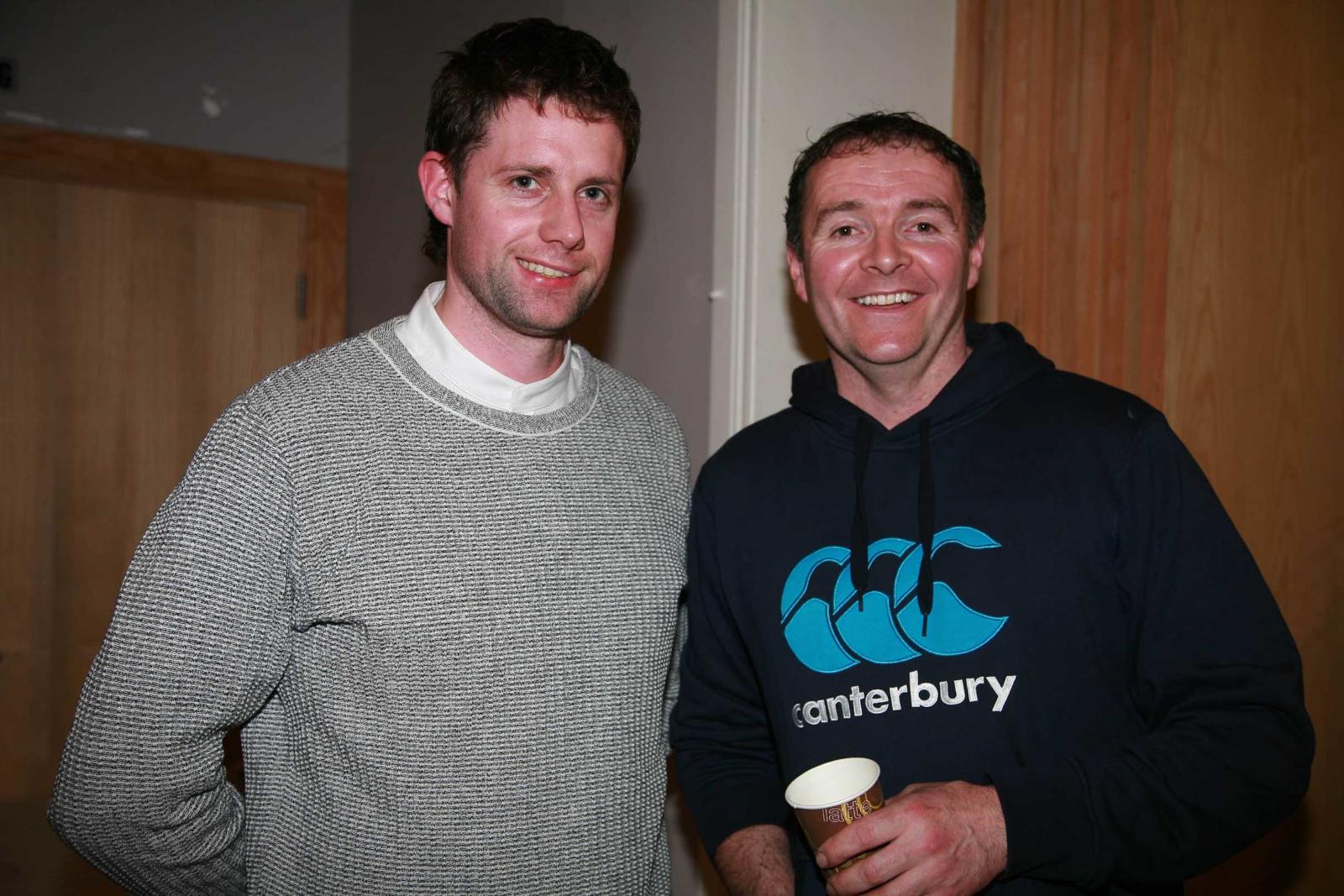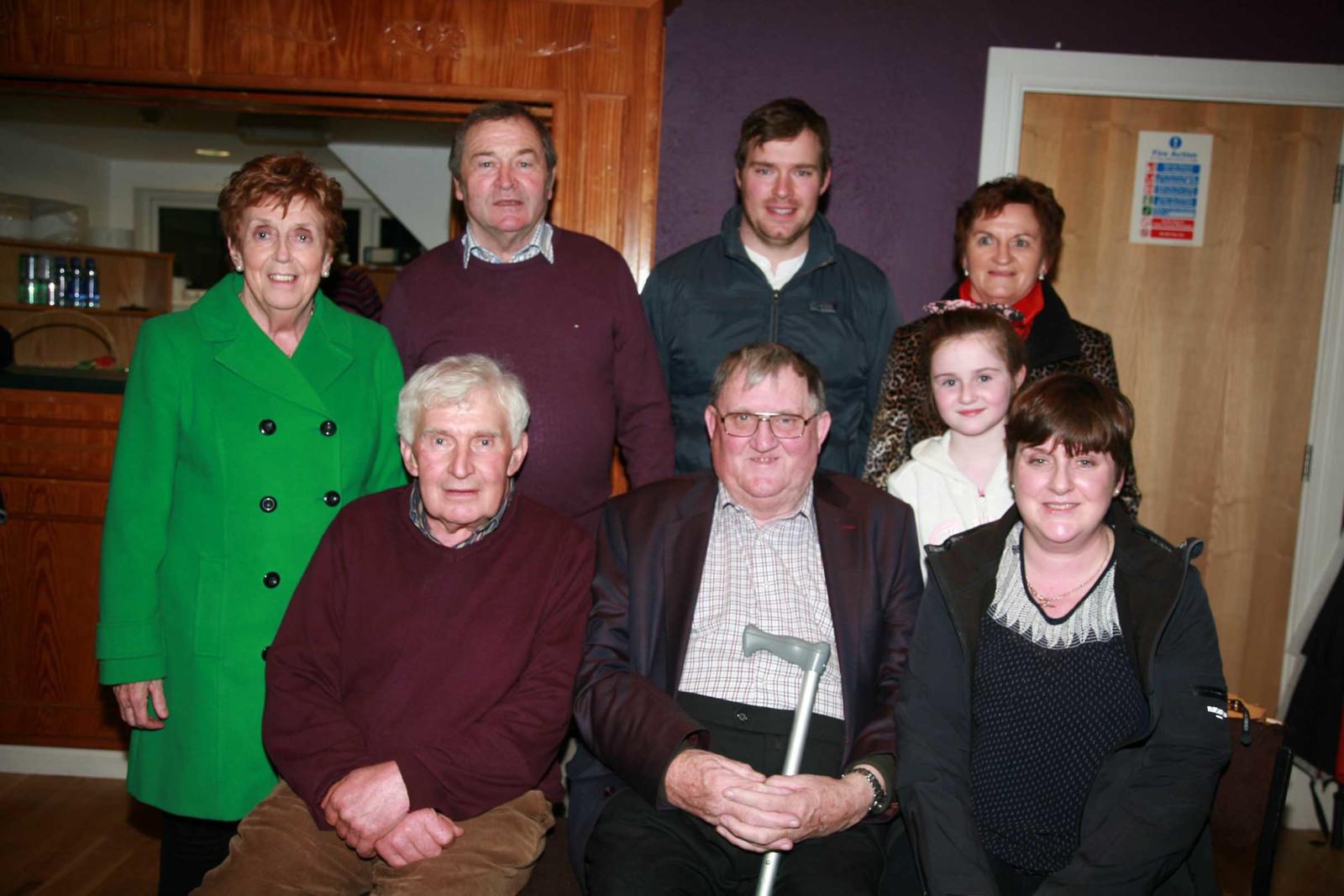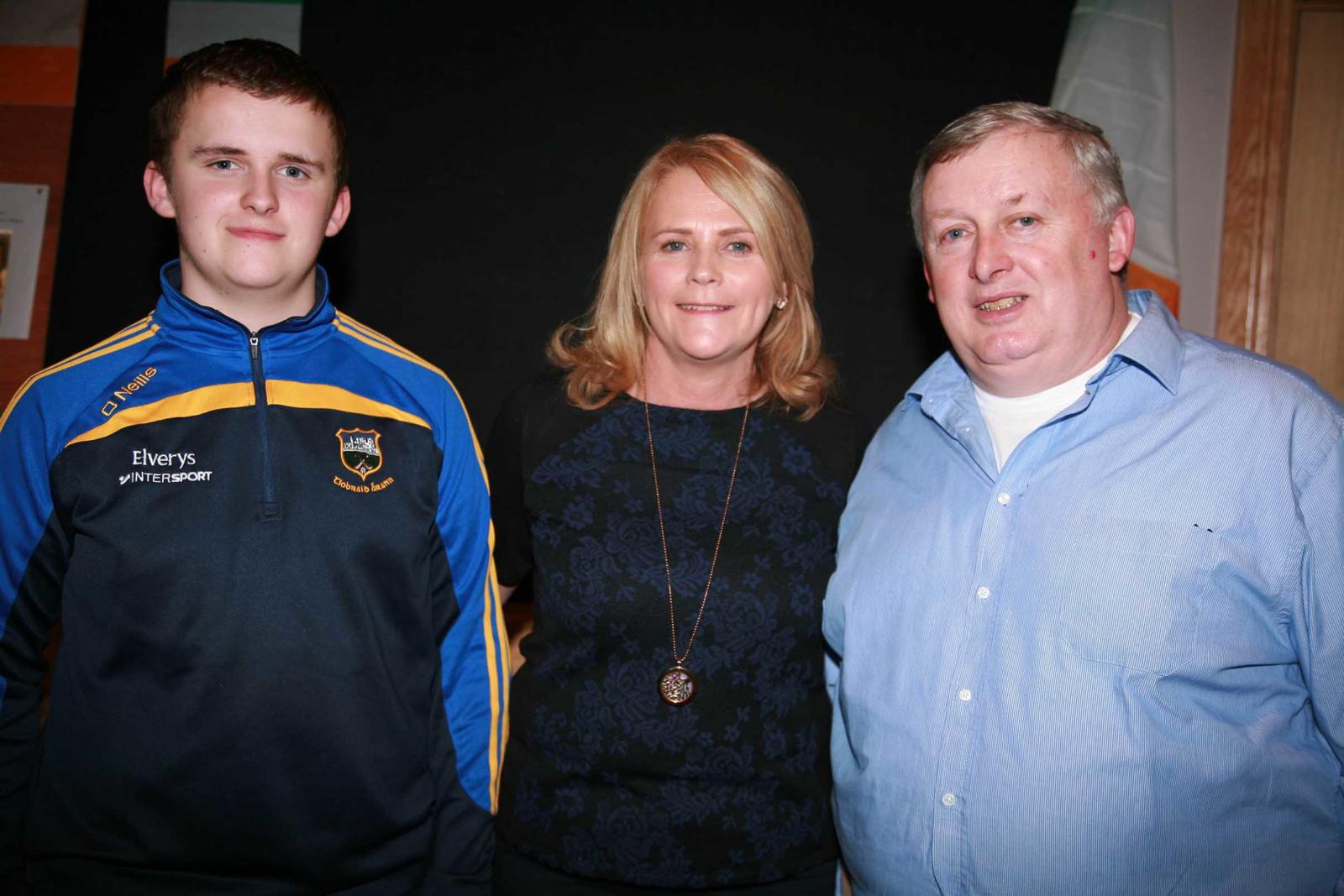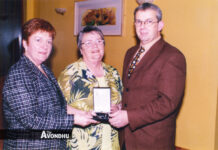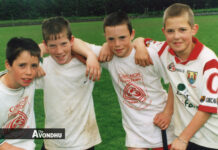Eamon de Valera, Dan Breen, Sean Moylan, Liam Lynch, Austin Stack, Ernie O’Malley, Mick Fitzgerald and David Kent (brother of Thomas Kent) were intimately acquainted with Araglin and its hinterland.
These were just some of the many high profile Republicans sheltered and sustained by locals during the turbulent years that followed the 1916 Easter Rising.
The full extent of Araglin’s involvement in the War of Independence was outlined by guest speaker, Neil Donovan at last Sunday evening’s series of events marking the centenary of 1916.
Neil, whose father, Con, was a long serving Fianna Fáil councillor, has undertaken detailed research into Araglin’s contribution to Ireland’s fight for freedom.
A capacity crowd attended Neil’s address, which followed the unveiling of a 1916 monument by Araglin native, Lt. Grainne Kenneally. During the course of his presentation, we heard how Irish Volunteers in Araglin were busy drilling prior to 1916 and how they were arrested for these activities.
Under constant surveillance from the authorities, they armed themselves and were confident enough in their ability to carry out the first recorded raid on an RIC barracks in Ireland.
Despite being critically short of arms and ammunition, the Araglin Volunteers established their own Flying Column and were involved in key engagements, most notably the aforementioned raid on Araglin RIC barracks, an attack on British soldiers en route to the Wesleyan Church in Fermoy, the kidnapping of General Lucas, the ambush of Black and Tans near Ballyduff and the burning of Colonel Cook Collis’ mansion located between Araglin and Kilworth.
British forces came very close to wiping out the column when a plane equipped with a machine gun spotted the men following an ambush.
Imprisonment, the harassment of family members and attempts to infiltrate the area with informants failed to curtail the column’s activities. Volunteers not on active service aided by Cumann an mBan members, sheltered those on the run, helped store weapons, intercepted mail, carried messages and facilitated the recovery of Volunteers who got sick or injured. When individuals were imprisoned farming duties were carried out by neighbours.
This is just a flavour of the ground covered by Neil, who spent several months in London researching archival material. While the information, he amassed was vast, he concedes that, more work remains to be done.
Other aspects of last Sunday night’s programme consisted of music, re-enactments, a display of memorabilia, reading of the Proclamation and the rare singing of a song concerning the burning of Col. Cook-Collis’ residence in June 1921 – written by Sean O’Mahony from Lyre, Araglin, the ballad was sung by Michael Lyons Sr.
John Joseph Donovan and Tom Leddy were to the fore in organising the evening. In his acknowledgements, Tom thanked everyone who contributed to or assisted with the commemoration.
All aspects of the event were videoed by Grace McMahon of McMahon Studios in Ballyporeen and it’s expected that a DVD of proceedings will be available shortly.



